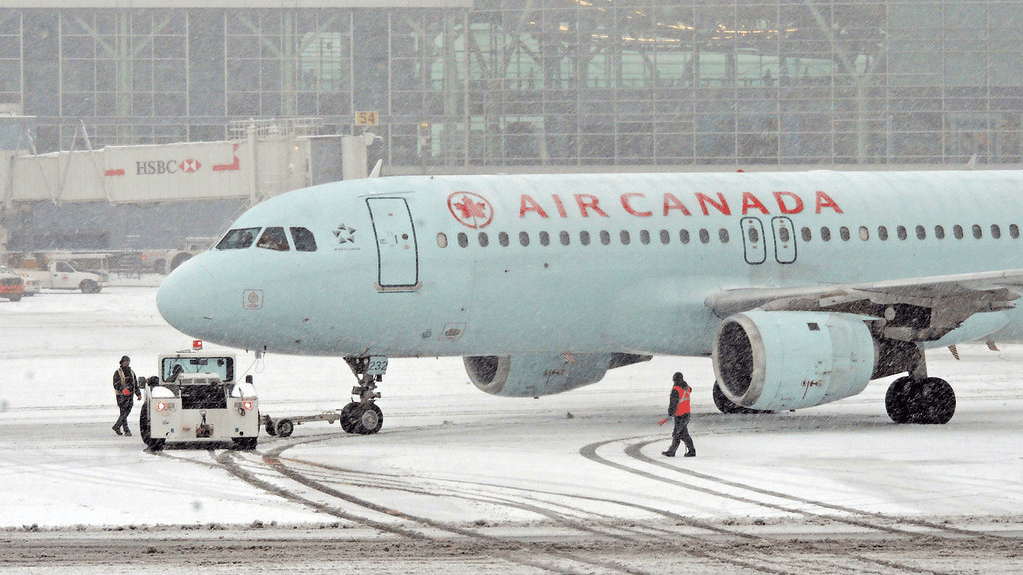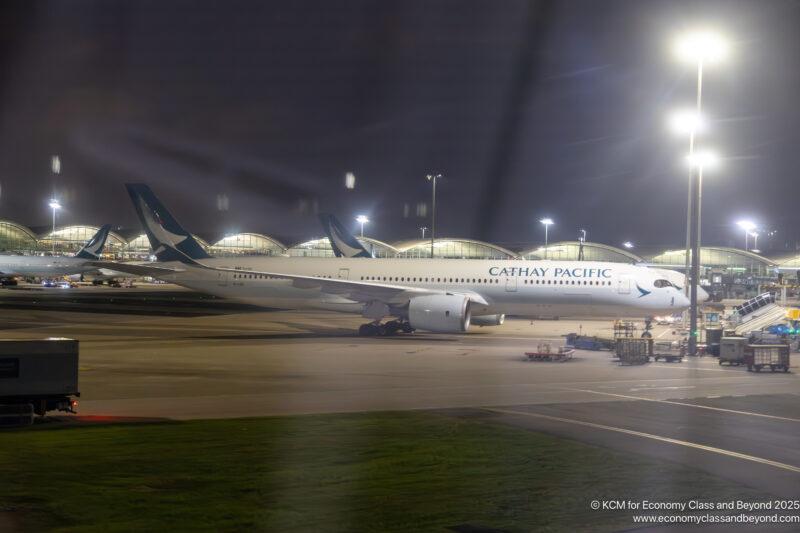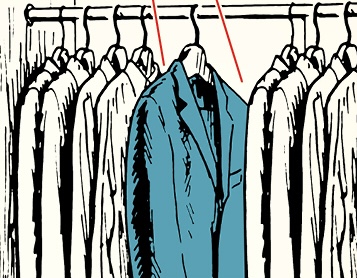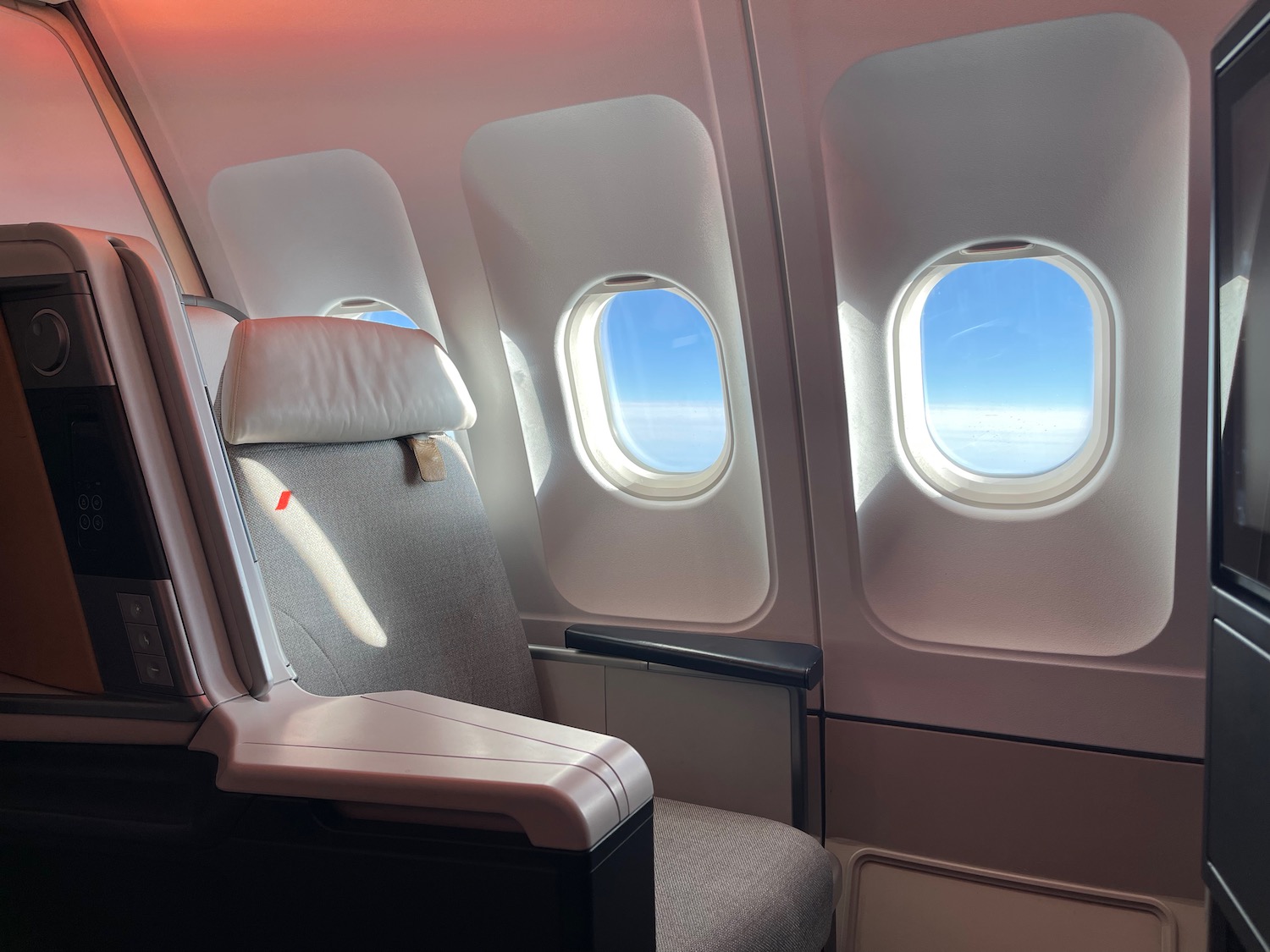Weight savings to drive cabin sustainability: Airbus and Diehl
Recycling and upcycling aircraft interiors — and increasing the use of recyclable materials in cabins — are important levers to pull when working to improve aviation’s eco-credentials. But reducing weight onboard remains the fastest and best way to achieve more sustainable aircraft cabins, according to European airframer Airbus and global industry supplier Diehl Aviation. Obviously,... The post Weight savings to drive cabin sustainability: Airbus and Diehl appeared first on Runway Girl.

 Recycling and upcycling aircraft interiors — and increasing the use of recyclable materials in cabins — are important levers to pull when working to improve aviation’s eco-credentials. But reducing weight onboard remains the fastest and best way to achieve more sustainable aircraft cabins, according to European airframer Airbus and global industry supplier Diehl Aviation.
Recycling and upcycling aircraft interiors — and increasing the use of recyclable materials in cabins — are important levers to pull when working to improve aviation’s eco-credentials. But reducing weight onboard remains the fastest and best way to achieve more sustainable aircraft cabins, according to European airframer Airbus and global industry supplier Diehl Aviation.
Obviously, weight directly correlates with fuel burn and ergo CO2 emissions. “If you talk about sustainability, weight has the biggest impact. We did the lifecycle assessment. We’re trying to collect all the data, and we clearly still see weight is the driver,” Airbus vice president cabin marketing Ingo Wuggetzer told RGN in an in-depth interview.
That’s why, for its A330neo, Airbus is adopting new sidewall panels that will save 100 kilos. “This is something that takes off weight fast,” noted Wuggetzer.
The new sidewall panels also help to carve out more room in the cabin for passengers, and facilitate the installation of new electrically dimmable windows that can be individually adjusted (as already found on the A350). As such, said Wuggetzer, this product represents an example of a “win, win situation” in terms of providing “value for an airline, value for passengers and sustainability is part of this.”
“So, this is for me the number one target,” he said in reference to cabin weight savings.

Available for installation in 2027, the new lining of the A330neo is about 100 kilos lighter. Airbus estimates that in time, cabin weight savings will constitute as much as 10-15% of the airframer’s decarbonization effort. Image: John Walton
Diehl Aviation CEO Dr. Jörg Schuler agrees with the sentiment that aviation’s sustainability story will ultimately be more about lightweight materials than recyclable interiors. “Production of a cabin creates a few hundred kilos of CO2 emissions and the recycling at the end creates a few hundred kilos of reduction. The flight’s weight savings, meanwhile, creates thousands of kilos of C02 reduction,” he said.
But he also noted that both goals can be achieved at the same time, at least in some instances. For example, an ultra-lightweight ECO Bracket developed by Diehl and 9T labs, is made from recycled thermoplastic production scrap, and can save 1.6 kg per aircraft if used to replace traditional aluminum overhead bin brackets alone.
“That’s a fantastic idea; you reuse waste material. It offers cheaper production and its lighter,” noted Dr. Schuler. Indeed, the brackets are half the weight of the aluminum version.
“It combines all the advantages,” he said.
These and other lightweight cabin innovations can be incorporated in the near-term to drive weight savings onboard. Another example: Airbus is exploring the use of bionic design and biomimicry to reduce weight for all structural and lining elements, including on galleys and bins.

Airbus is eyeing an ultra-lightweight, semi-transparent overhead bin as part of its so-called Vision 2035+ project. Image: Mary Kirby
“But you think more mid/long-term, then you come to the question that you ask: is it about the material and circularity? This is, I would say, more challenging because if you have a new material, you have new manufacturing processes, you have probably new tools to do so,” said Wuggetzer.
“That’s a lot tougher for a kind of a replacement of existing parts. It’s better to introduce this into new aircraft design.”
- Airbus A330neo upgrade package is NIF, not NPS
- Airbus goes bionic for future overhead bin concept
- SIMONA Boltaron ensures material traceability in sustainability push
- Soisa innovates with dress cover BFE program, sustainable armrest
- Boeing eyes using recycled aircraft carbon fiber for cabin sidewalls
- STG unveils lighter, biodegradable floor path safety glow strip
- Perfectly imperfect: Aviation explores beauty of recycled interiors
The post Weight savings to drive cabin sustainability: Airbus and Diehl appeared first on Runway Girl.
What's Your Reaction?




































